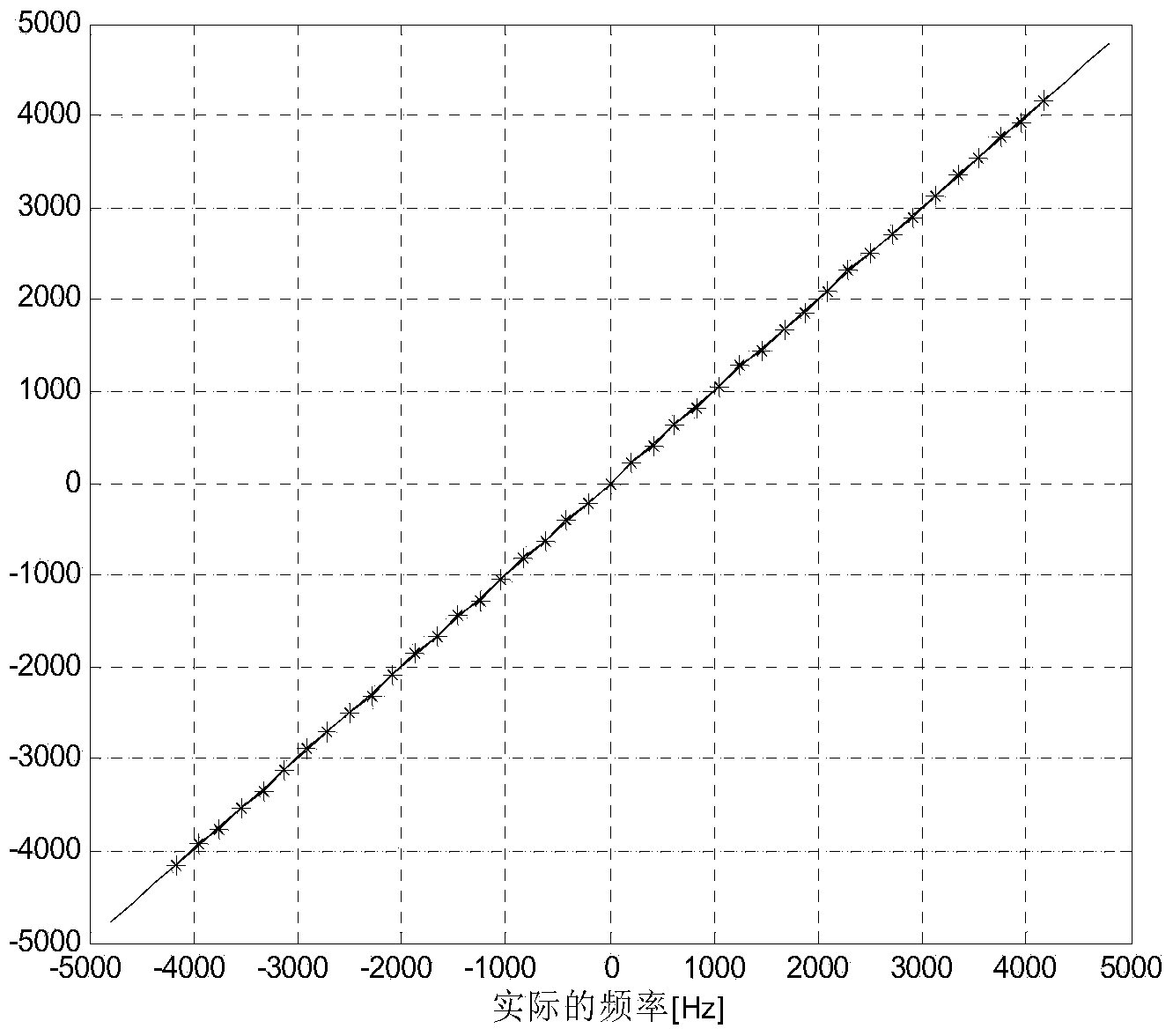Satellite-borne AIS signal serial separation method based on parameter estimation
A parameter estimation and baseband signal technology, applied in the field of communication, can solve the problems of signal time delay, large frequency deviation, not directly applicable to spaceborne AIS system, and difficult to separate
- Summary
- Abstract
- Description
- Claims
- Application Information
AI Technical Summary
Problems solved by technology
Method used
Image
Examples
Embodiment Construction
[0052] The following will refer to Figure 1-8 Specific embodiments of the present invention will be described.
[0053] Such as figure 1 As shown, the embodiment of the present invention carries out the serial separation method based on the parameter estimation spaceborne AIS mixed signal comprising the following steps:
[0054] Step 1. For the mixed spaceborne AIS baseband signal, referred to as the mixed signal, use the cross-correlation algorithm to jointly estimate the time delay and frequency offset, correct the mixed signal according to the estimation result, and obtain the corrected signal;
[0055] Step 2, performing non-coherent detection and CRC check on the corrected signal to obtain the correct sequence, and using this sequence to perform data-assisted synchronization parameter estimation to obtain the amplitude and phase information of the mixed signal;
[0056] The 3rd step, utilize the time delay that the 1st step and the 2nd step get, the estimation value of...
PUM
 Login to View More
Login to View More Abstract
Description
Claims
Application Information
 Login to View More
Login to View More - R&D
- Intellectual Property
- Life Sciences
- Materials
- Tech Scout
- Unparalleled Data Quality
- Higher Quality Content
- 60% Fewer Hallucinations
Browse by: Latest US Patents, China's latest patents, Technical Efficacy Thesaurus, Application Domain, Technology Topic, Popular Technical Reports.
© 2025 PatSnap. All rights reserved.Legal|Privacy policy|Modern Slavery Act Transparency Statement|Sitemap|About US| Contact US: help@patsnap.com



